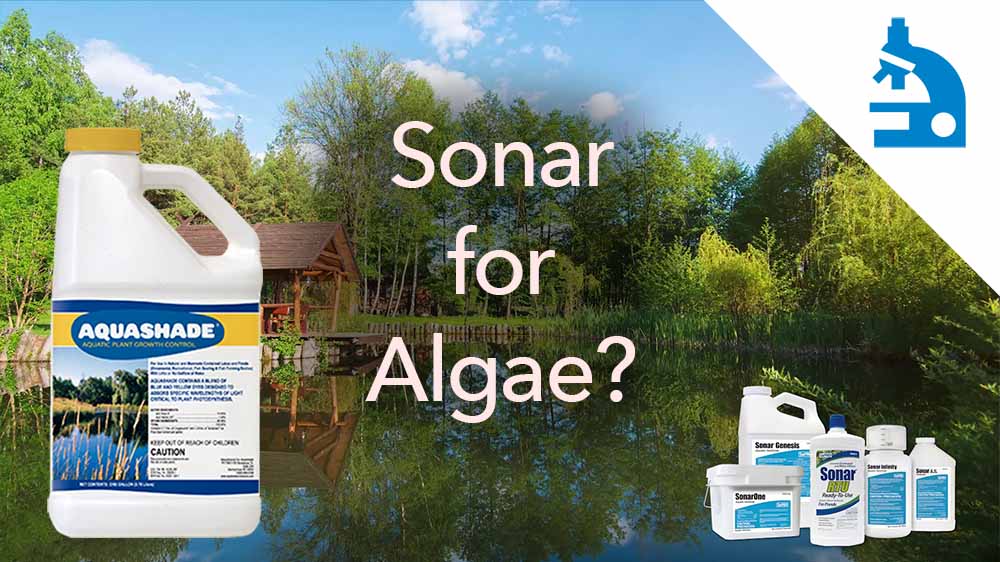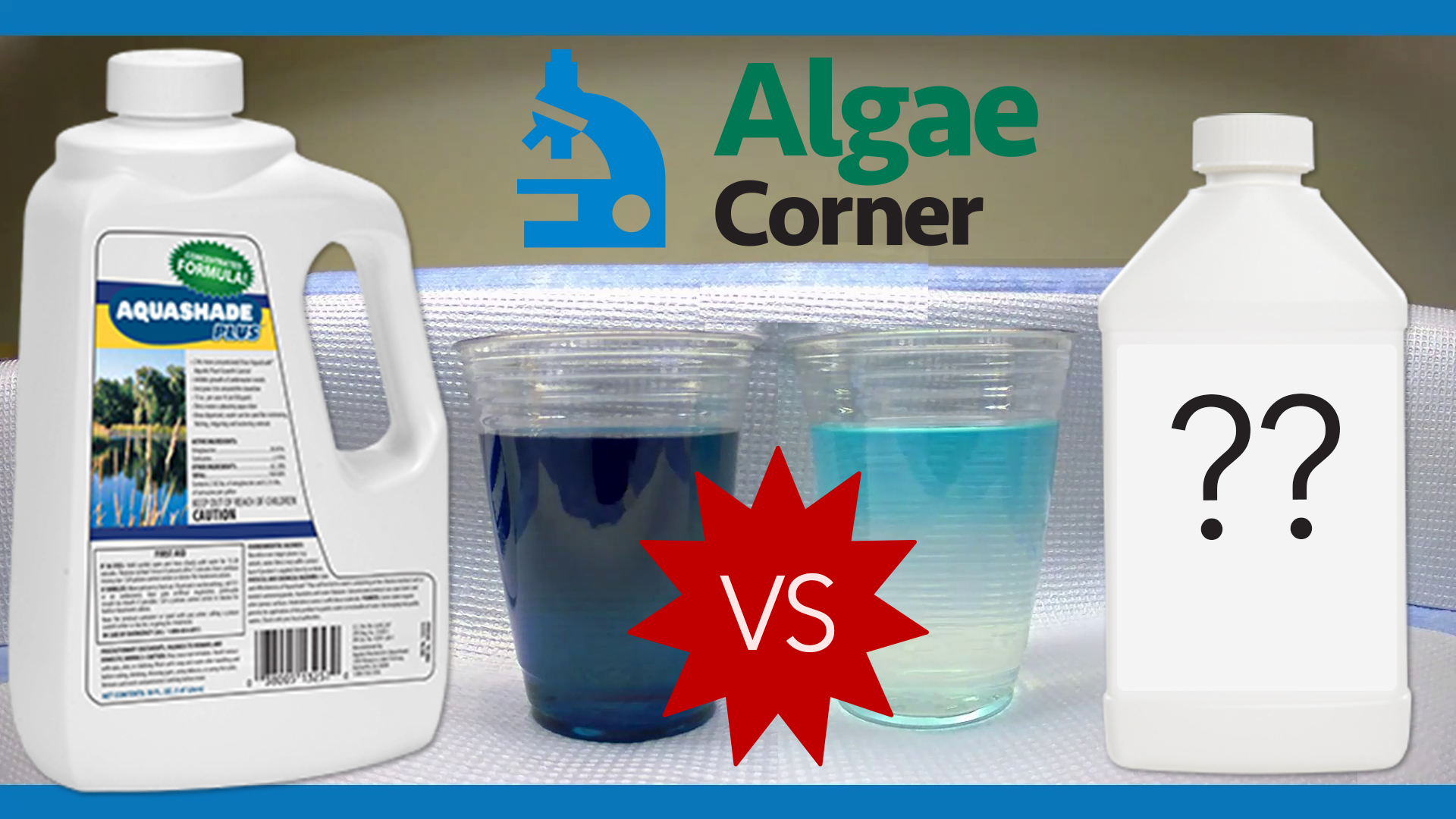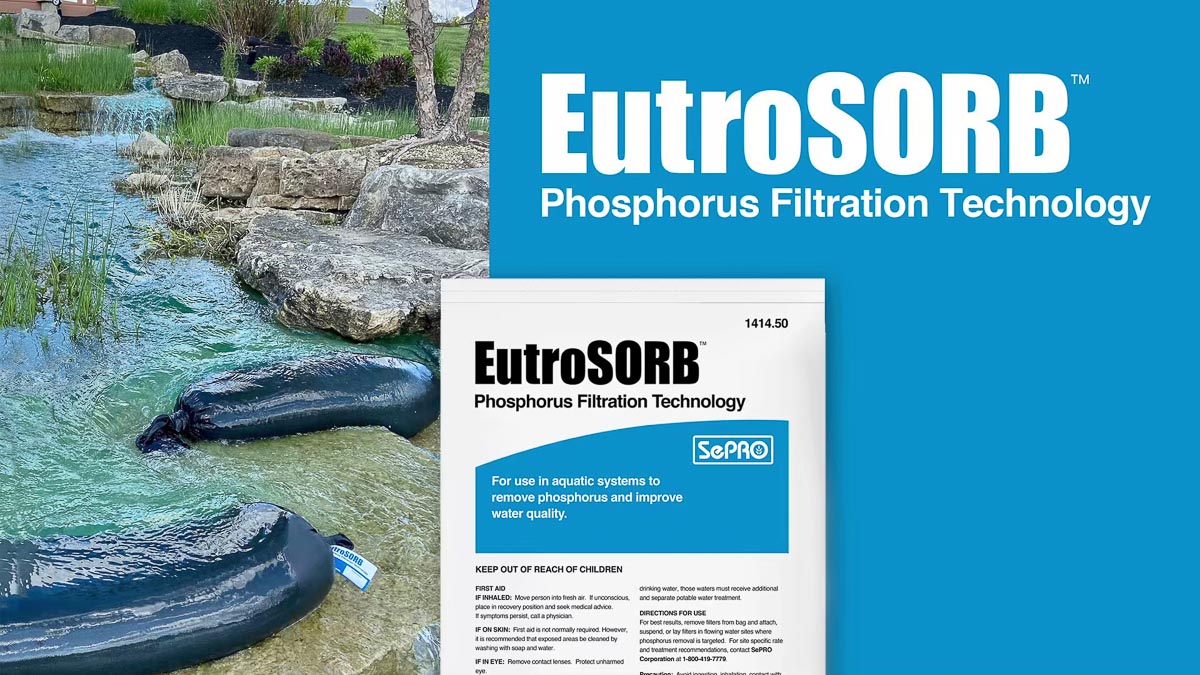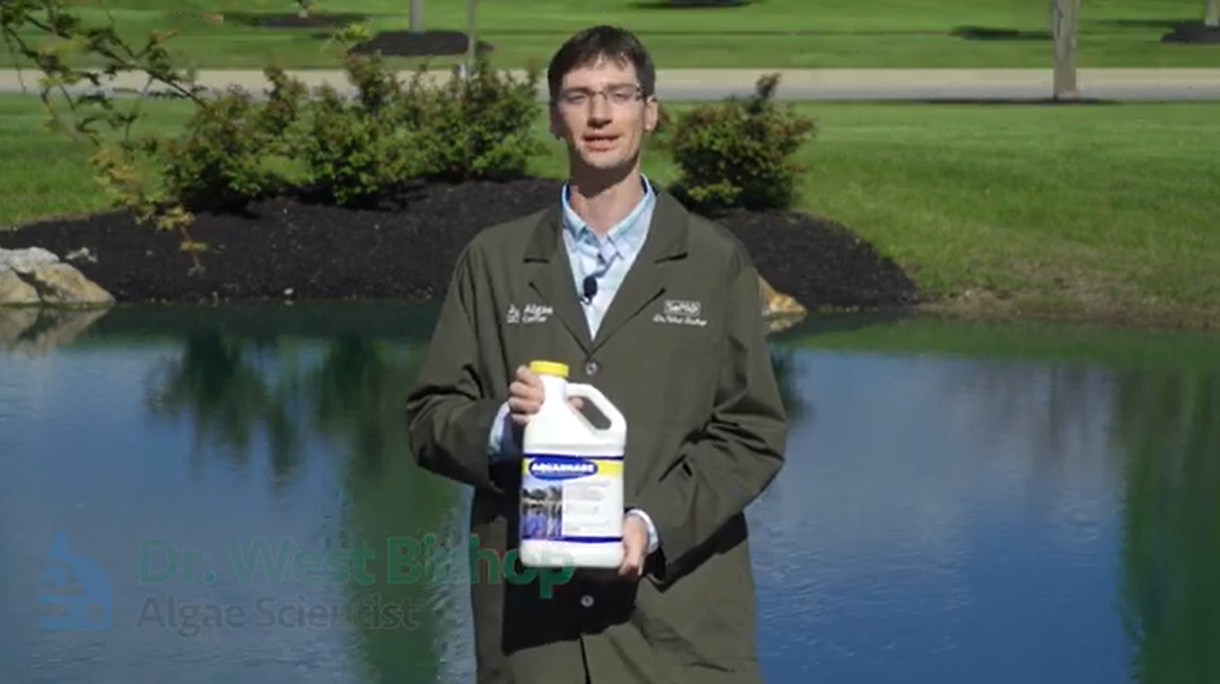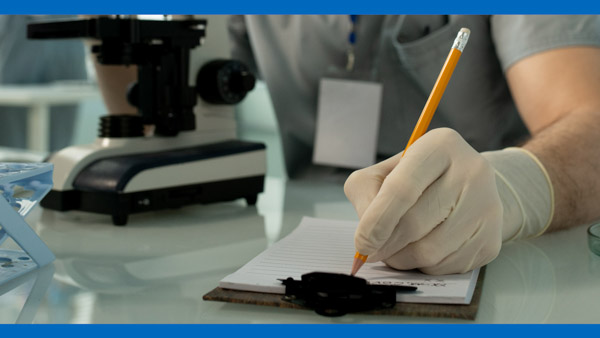Aquashade Mini-Series: Make Them Fight in the Shade
Welcome back to this special mini-series event on Aquashade.
Let me explain the title here a little bit: Make Them Fight in the Shade. Whether you know it or not, we are in a constant battle with nuisance and toxic algae. Unfortunately, in many ways we are losing and the algae are winning.
Algae are taking over waters across the globe, including many, many systems throughout the United States.
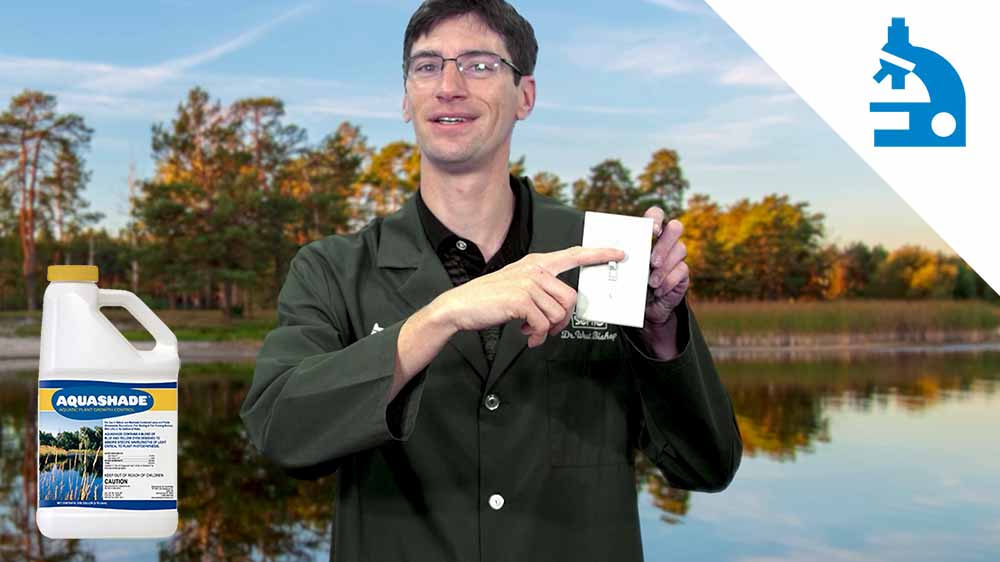
Aquashade Mini-Series: Flip the Switch on Algae
Want to get Algae Corner Updates? Get the latest news by subscribing to our channel:
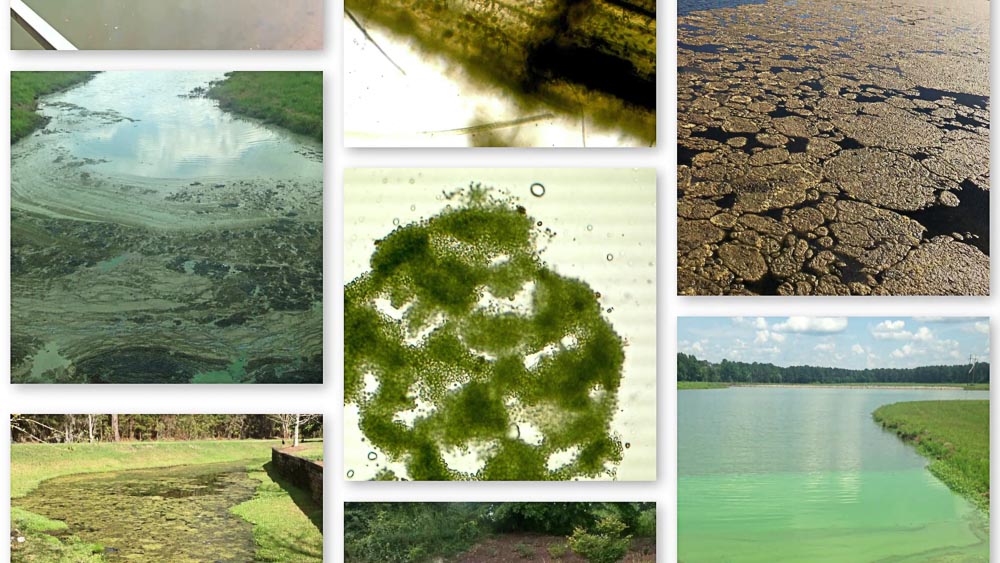
Here are a couple of news articles on the plague of these cyanobacteria.
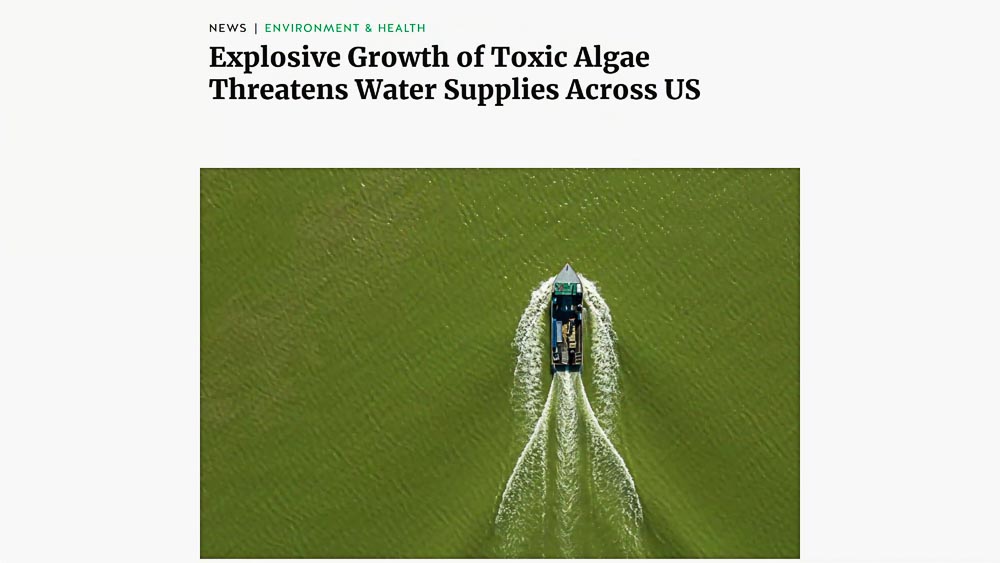

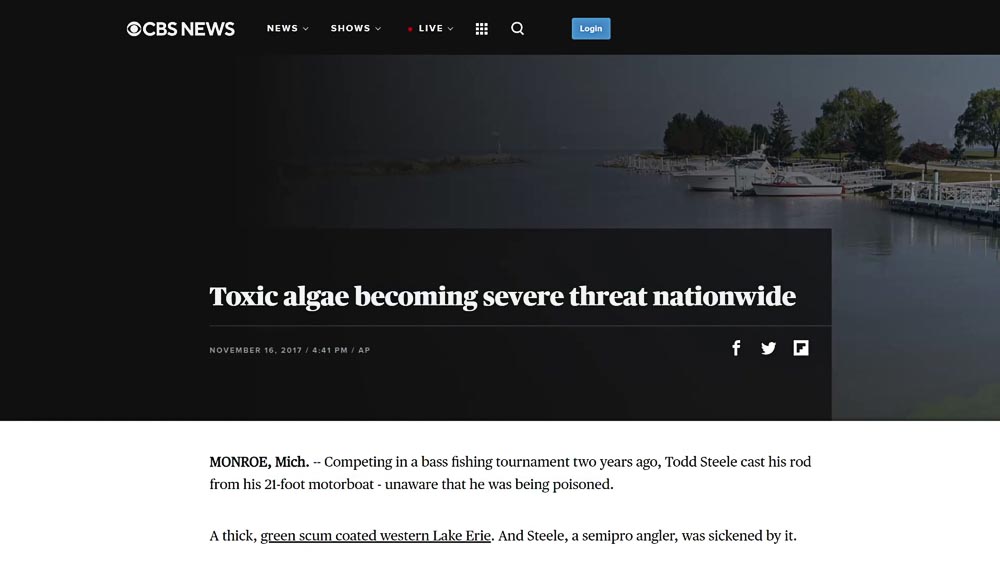
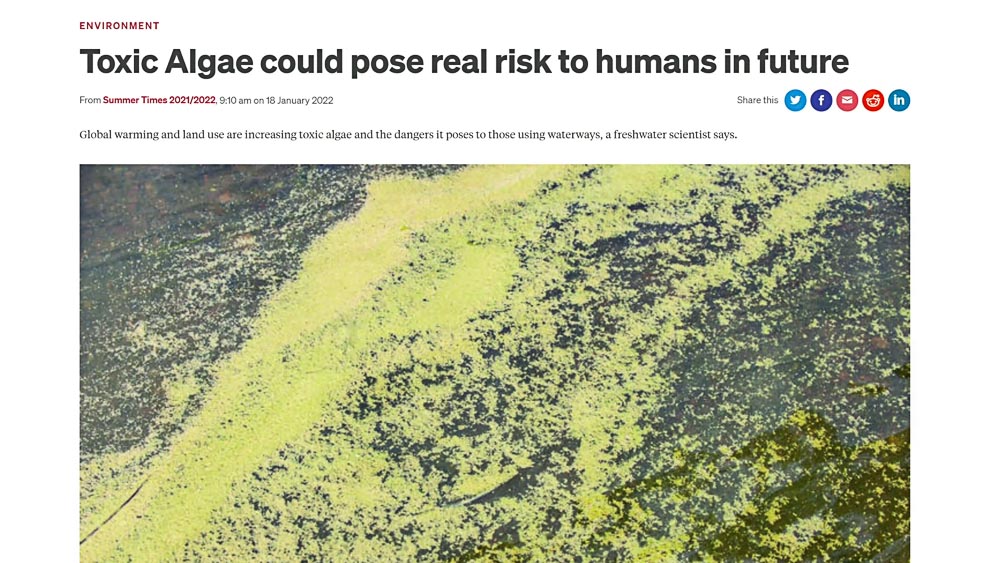
They've infested many waters, and they can produce all manner of toxins that can threaten wildlife and human health. They're tough. They're a plague, and the toxins are causing a health epidemic.
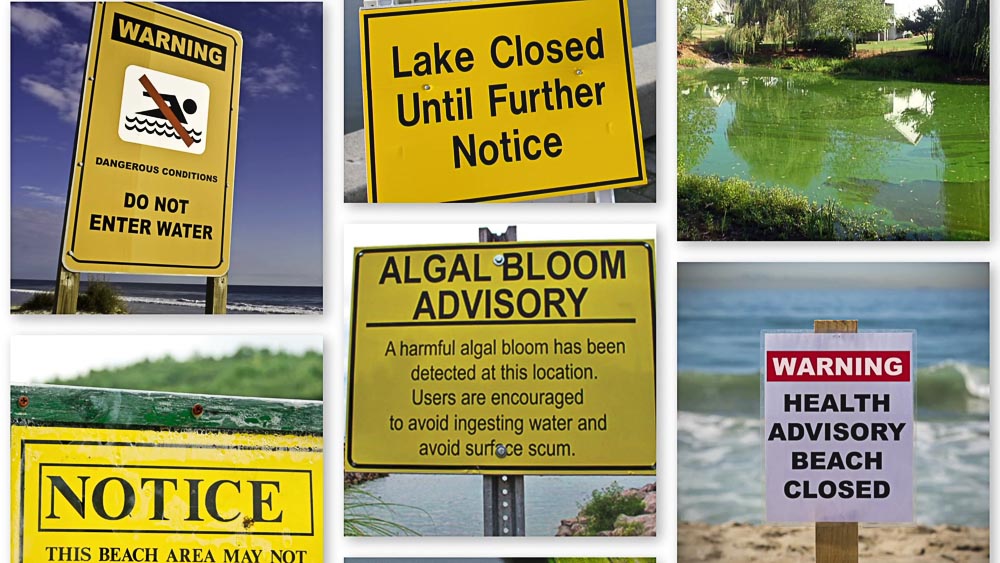
We need every advantage and tool to combat these organisms. But the first thing we should do is make them fight in the shade (Aquashade, that is).
Why make them fight in the shade? Well, that's what we're covering today. We already talked about light being their power source, the key factor they need to grow and get their building blocks. But there are a number of more specific reasons why Aquashade needs to be the key tool in combating these toxic algae.
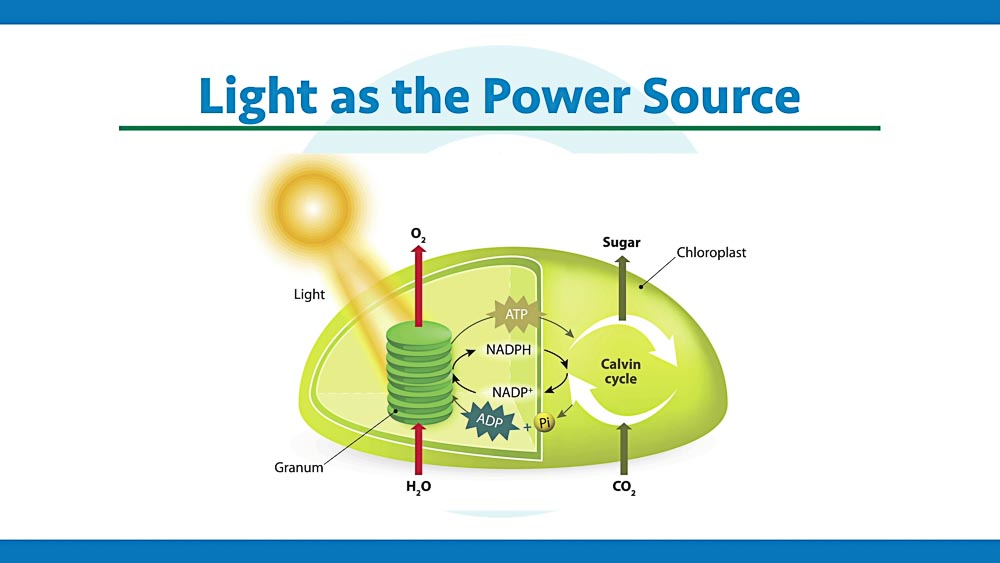
Today we're going to delve into the influence of light on algae, especially those toxic cyanobacteria, and discuss some technical reasons why this focus on light can give us a huge tactical advantage in management.
Aquashade Prevents Akinete Germination
Akinetes are the resting stage cells of cyanobacteria and some other nuisance algae, and they require light to germinate.
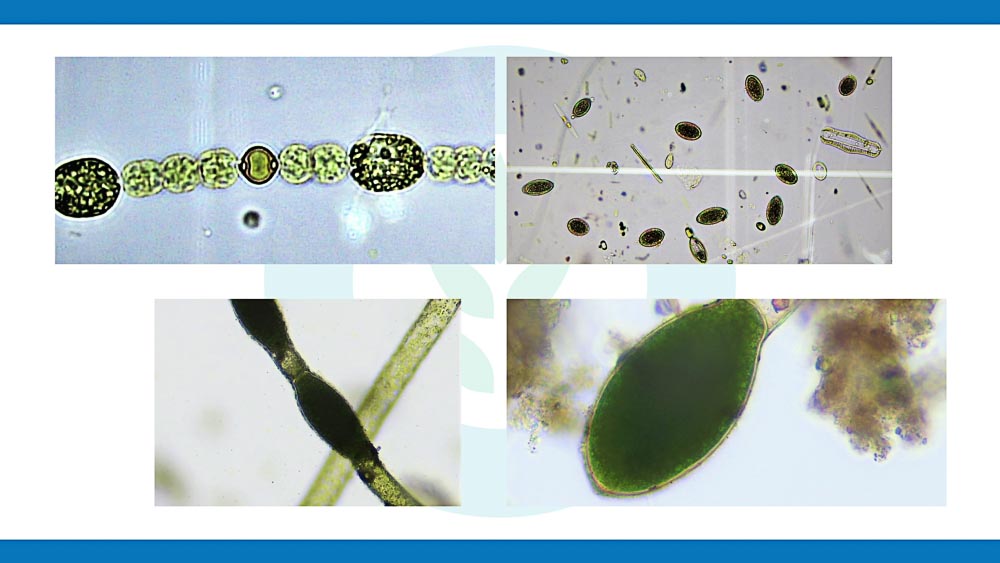
Quite simply, they don't germinate in the dark. If we can keep them from germinating, they don't show up to battle. They don't start the bloom. We can keep them asleep.
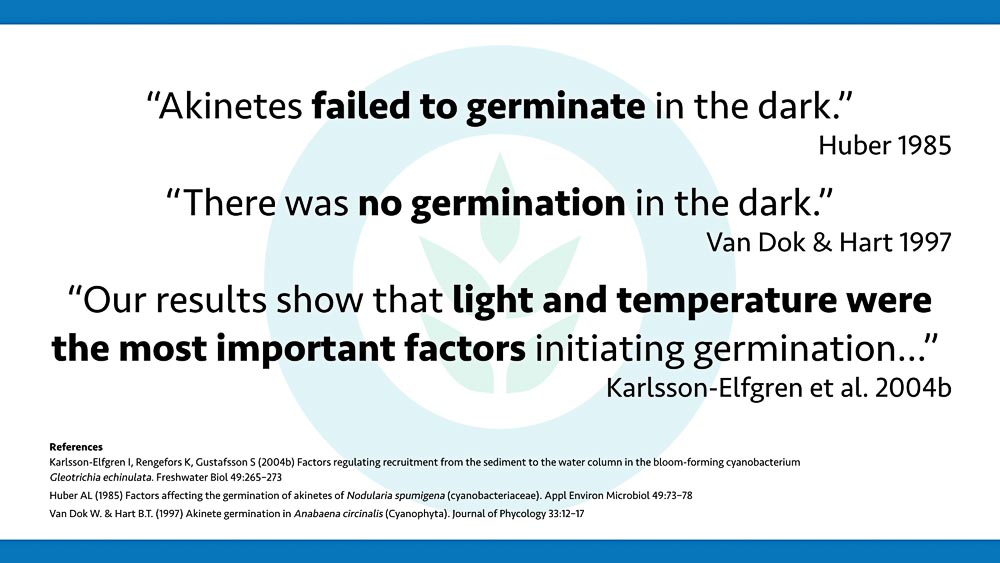
Aquashade Alters the Growth Rate
Even if those akinetes germinate, they need light fast. They have to have a specific amount of light, certain wavelengths, and specific spectrum of light in order to initiate that bloom and grow exponentially. We can stop that. We can block that with Aquashade.
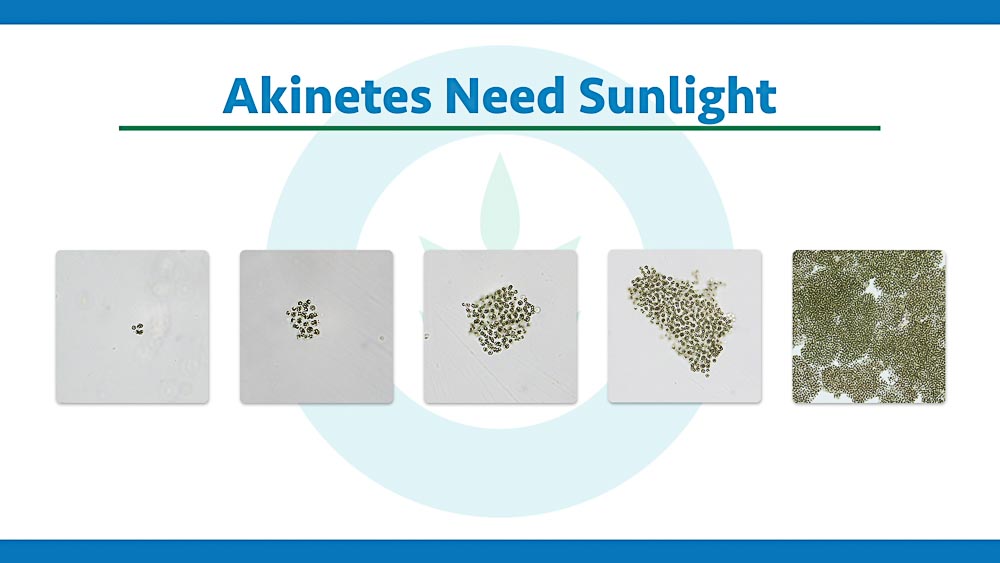
Aquashade Alters the Light Compensation Point (Growing Depth)
The growing depth is the depth where algae can survive and produce more energy than they burn. We can change that depth with Aquashade.
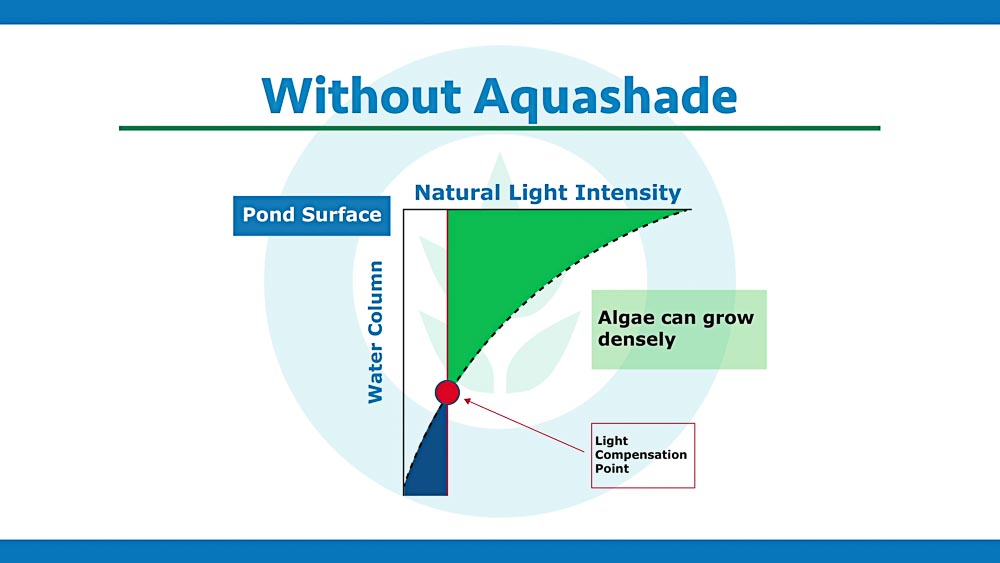
No longer can they grow throughout most of the water column, but only a small part of it. This greatly limits their ability to achieve nuisance levels quickly, and the overall biomass they can achieve.
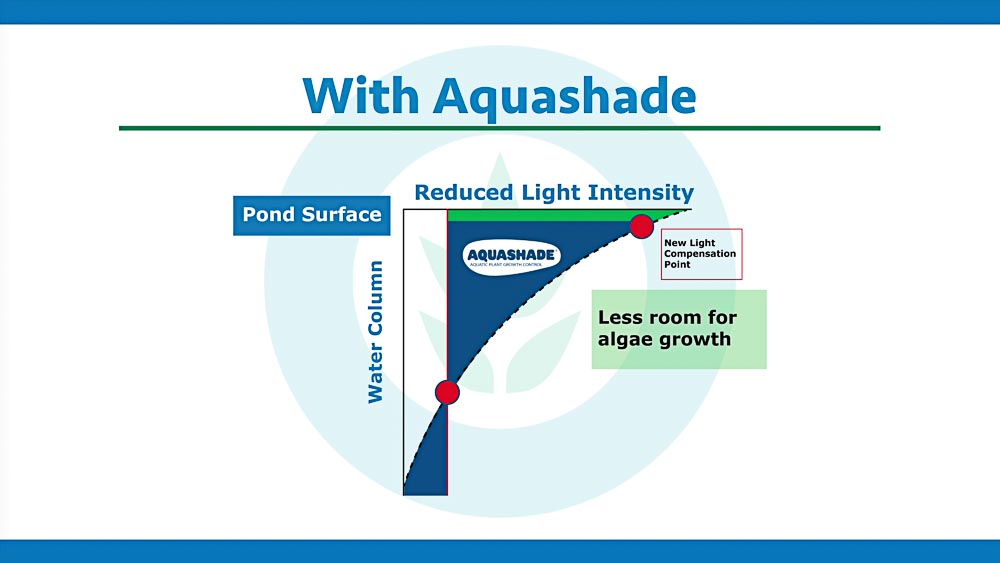
Aquashade Decreases Toxin Production
Toxicity and the toxin production rate increases with light intensity in most typical environmental scenarios.
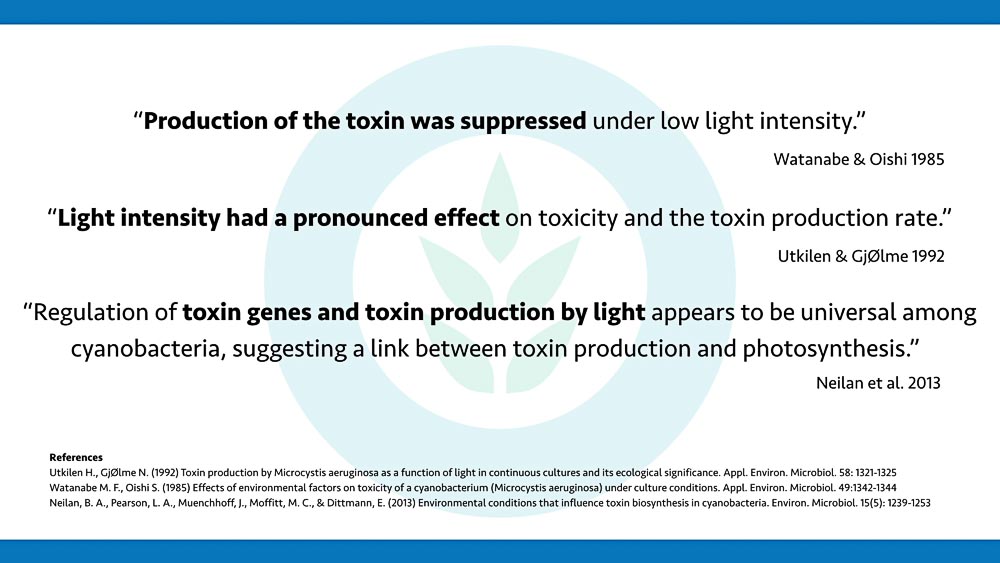
By altering that, if you have cyanobacteria growing, they are less able to produce toxins and exceed threshold levels of concern, thanks to Aquashade blocking the light.
Aquashade Makes Algae Sleep (Go Dormant)
Lastly, if you have a bloom present, you can make them go to sleep -- that is, go dormant. Light is one of the key triggers telling them, "Hey, winter is coming, and it's time to go into akinete and drop that bloom out." It's sort of like how trees drop their leaves in wintertime.
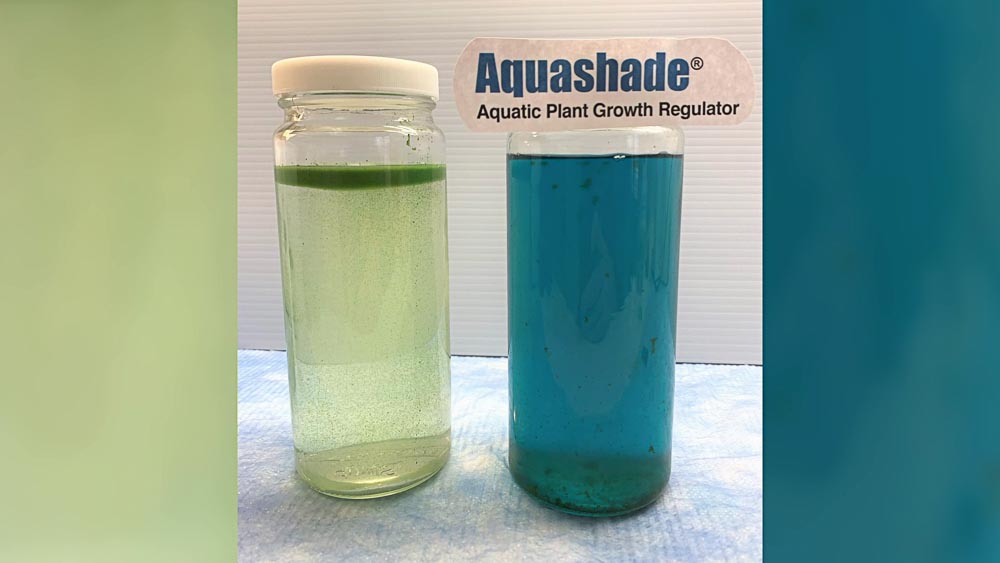
We can trigger that dormancy by blocking the light with Aquashade, and make them go to sleep. It'll stop that bloom in its tracks.
In Summary
I can't promise you won't have any algae when you use Aquashade, but it should make their season much shorter and less severe. Perhaps most importantly, it makes it easier for us to manage them if some algae do break through.
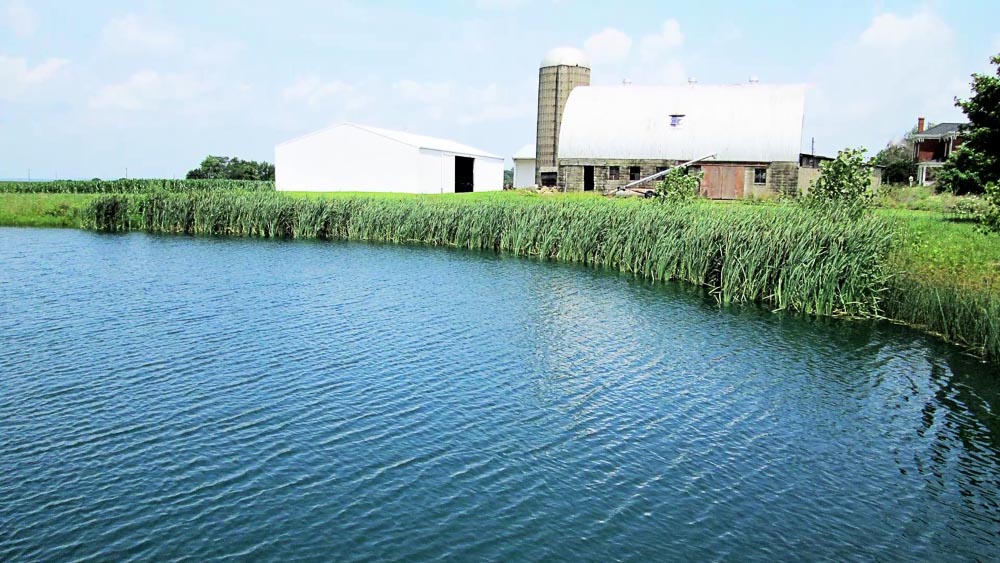
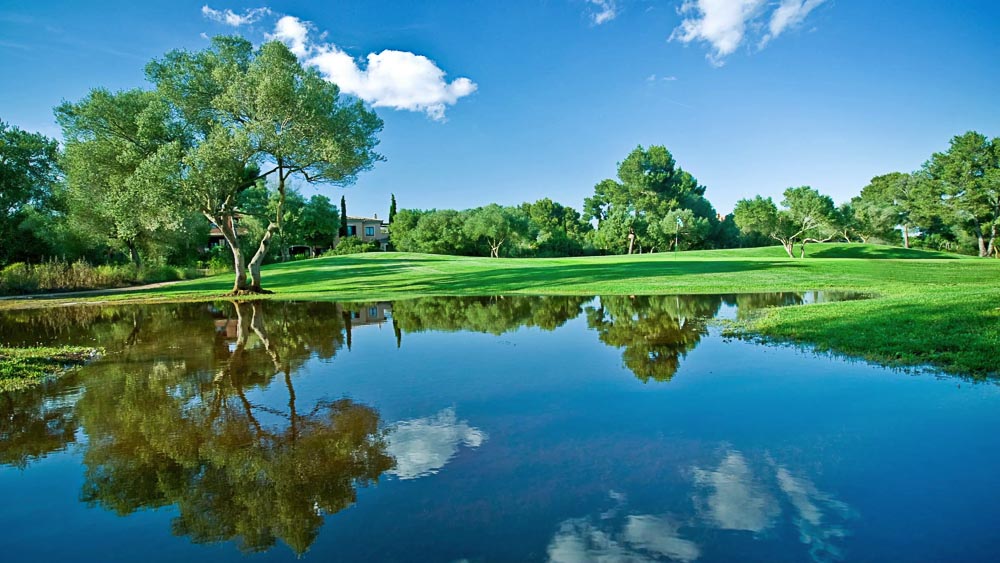
Aquashade is not the only weapon we have to combat algae, but it is a critical one to weaken them, make them wake up later, grow slower, go to sleep earlier, produce less toxin, and overall achieve less biomass. It's a key technology to get out in front of them and afford us these huge advantages.
We need to use many tools in the fight against these toxic cyanobacteria, but remember, if you make them fight in the shade, we're in a much better position to win. Thank you for tuning in to this special mini series event episode on Aquashade!

